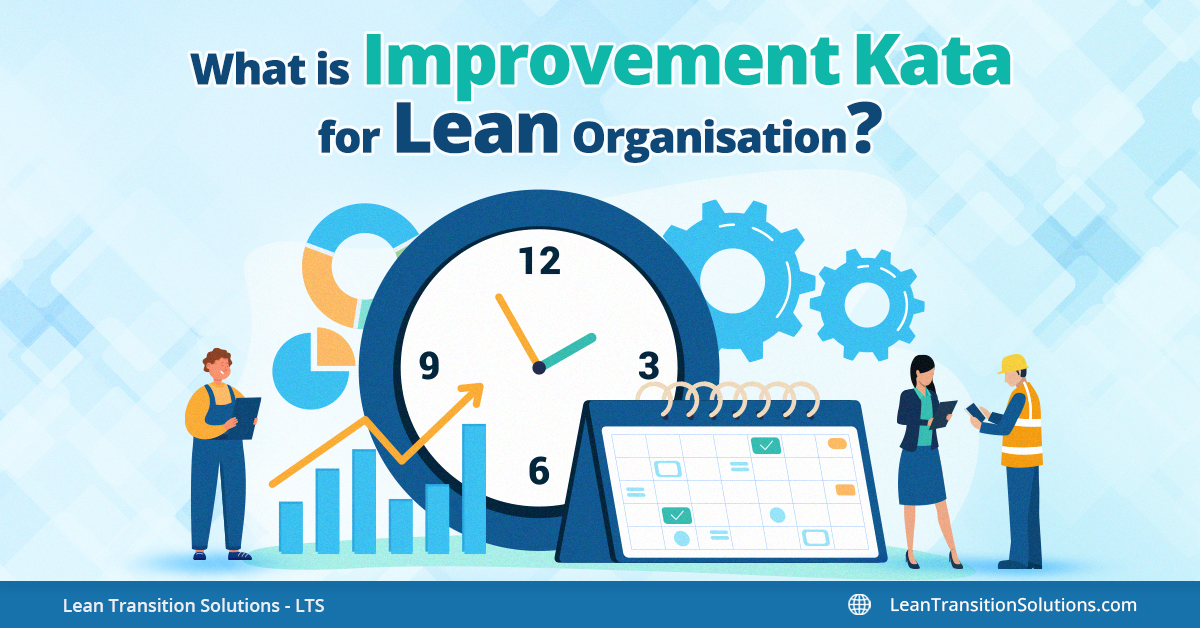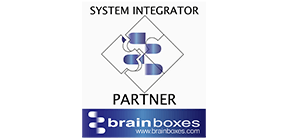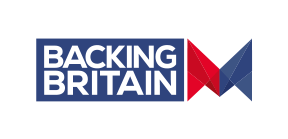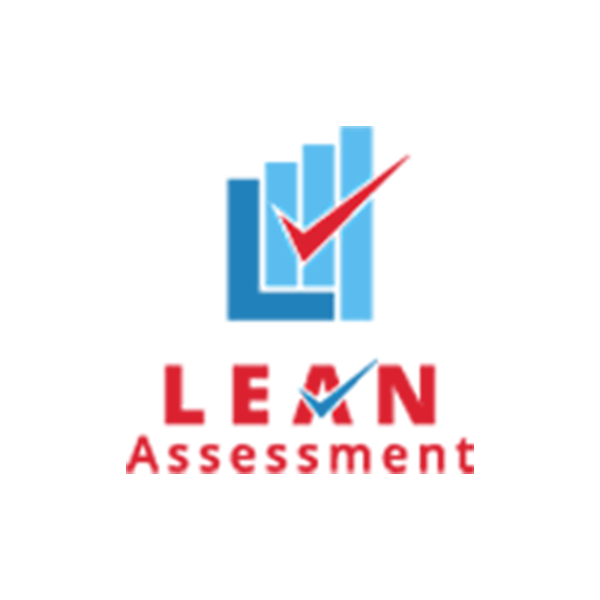What is improvement kata for lean organisation?
- By Brett Griffiths
- Lean Technology
- April 30 , 2025
- Share

The term "Kata" refers to a pattern of behaviour or practices—essentially, a habit. In Japanese culture, routines are deeply valued, and this concept translates seamlessly into Lean methodology. Japanese organisations, renowned for their operational excellence, rely on structured routines to maintain consistency and drive continuous improvement. Our industry 4.0 lean tools reflect these lean values, supporting digital transformation through workflow management software and strategic planning tools designed for process improvement. Implementing structured, compliant, and results-oriented practices—or Kata—enables organisations to achieve key milestones, meet KPIs, and improve profit margins. Improvement Kata naturally aligns with lean culture by maximising efficiency and minimising waste. Read on to explore how improvement Kata can transform your lean organisation.
What is kata in lean method?
In Lean methodology, kata refers to structured routines or behavioural patterns designed to improve processes through deliberate practice. Similar to how martial artists refine skills through repetitive movements, Lean Kata fosters iterative learning and adaptation towards a target condition. Are you confused on improvement kata vs PDCA in lean manufacturing? It’s quite obvious that improvement kata encourages scientific thinking and continuous improvement, closely aligns with the PDCA (Plan-Do-Check-Act) cycle. However, kata goes beyond PDCA by embedding improvement routines into daily work and emphasising coaching to reinforce behaviours. While PDCA focuses on structured problem-solving, kata instils a mindset of continuous learning and adaptability, making it integral to long-term organisational success.
Wondering how to implement improvement kata in lean organisations? We have compiled a handy step-by-step guide to implement improvement kata in lean organisation along with the best practices for improvement kata in lean companies.
Step-by-step guide to implement improvement kata in a lean organisation
Define clear organisational goals (challenge setting)
Align improvement goals with your organisation’s long-term vision. Set specific, measurable, and inspiring challenges to motivate teams toward continuous progress.Understand the current condition
Use tools like value stream mapping, Gemba walks, and data analysis to assess the current state accurately. This ensures a solid foundation for setting realistic improvement targets.Establish the target condition
Define achievable short-term goals that bridge the gap between the current condition and long-term objectives. Clear, time-bound goals provide direction and motivation.Experiment towards the target condition (PDCA cycles)
Implement small, rapid Plan-Do-Check-Act (PDCA) cycles. Document progress, learn from failures, and adjust strategies based on data-driven insights to achieve incremental gains.Implement coaching kata for continuous learning
Train leaders to become effective coaches. Encourage regular coaching sessions that guide teams, ask open-ended questions, and foster problem-solving habits.Standardise successful practices
Document and integrate proven improvements into standard operating procedures to ensure consistency, scalability, and sustainability across the organisation.Foster a culture of continuous improvement
Promote open communication, celebrate small wins, and engage employees at all levels in problem-solving to create a thriving culture of innovation.
Are you in search of digital tools for implementing improvement kata? We have got you covered with some top industry best digital tools for easing your process improvement transition!
What are the five kata questions?
The five Kata questions are fundamental to the improvement Kata routine in Lean methodology. They guide structured problem-solving and continuous improvement:
What is the target condition? – Defines the specific, desired outcome the team aims to achieve.
What is the current condition? – Assesses the present situation to identify gaps between the current state and target condition.
What obstacles are preventing progress toward the target condition? – Identifies barriers that must be addressed to move forward.
What is your next step (experiment)? What do you expect? – Plans the next action to overcome an obstacle and anticipates the result.
When can we review what we have learned from this step? – Sets a timeframe to evaluate outcomes and inform future actions.
These questions create a continuous cycle of learning, adaptation, and improvement.
Benefits of practicing improvement kata in lean organisation
Continuous improvement culture: Fosters ongoing innovation and performance enhancements.
Structured problem-solving: Provides a clear, repeatable framework for addressing challenges.
Employee empowerment: Engages employees at all levels, increasing ownership and morale.
Adaptability to change: Builds resilience, enabling swift responses to market changes.
Faster problem resolution: Leverages rapid PDCA cycles for quicker implementation of solutions.
Alignment with strategic goals: Ensures daily improvements directly support long-term objectives.
How digital tools support the implementation of improvement kata in a lean organisation?
Digital tools for implementing improvement kata are compiled as follows:
Digital Tool |
Role in Improvement Kata Implementation |
Benefits |
Streamlines task assignments, tracks experiments, and ensures accountability. |
Enhances collaboration, ensures timely execution. |
|
Collects real-time data to understand current conditions and measure results. |
Provides accurate insights for decision-making. |
|
Aligns target conditions with long-term goals and visualises progress. |
Prioritises initiatives, monitors performance. |
|
Project management software |
Organises PDCA cycles, milestones, and improvement tasks. |
Improves transparency and timely delivery. |
Collaboration platforms |
Facilitates communication and knowledge sharing across teams. |
Boosts team engagement and problem-solving. |
Analytics and reporting tools |
Tracks experiment results and visualises data trends. |
Supports data-driven decisions and continuous progress. |
Cloud-based documentation tools |
Documents target conditions, obstacles, and lessons learned. |
Standardises practices and preserves organisational learning. |
How Kata drives continuous improvement in lean organisations?
Improvement Kata drives continuous improvement by guiding teams through a structured cycle of setting goals, identifying obstacles, testing solutions, and learning from outcomes. This approach promotes a problem-solving mindset, allowing organisations to make incremental changes that lead to long-term success. By embedding these routines into daily work, Lean organisations foster a culture of adaptability, efficiency, and innovation.
Examples of improvement kata in lean organisations
- Manufacturing:
Scenario: A production line faces frequent machine downtime.
Kata Approach: The team sets a goal to reduce downtime by 20%. They analyse machine performance, identify a faulty maintenance schedule as the root cause, and experiment with more frequent checks. Over time, downtime drops significantly, improving overall productivity.
- Logistics:
Scenario: Slow order processing causes delivery delays.
Kata Approach: The team aims to cut processing time by 15%. They map the workflow, spot bottlenecks at packing stations, and trial automated packing systems. This adjustment speeds up order handling and enhances customer satisfaction.
- Aerospace:
Scenario: High error rates in assembling aircraft components.
Kata Approach: Engineers target a 10% reduction in assembly errors. They test new error-proofing tools and refine training programs. The continuous cycle of experimentation leads to fewer defects and safer production processes.
- Healthcare Systems:
Scenario: Long patient wait times in emergency departments.
Kata Approach: Hospital staff set a goal to reduce wait times by 30%. They observe patient flow, identify delays in triage, and trial a fast-track system for non-critical cases. This results in quicker service and improved patient care.
By continuously identifying problems, testing solutions, and learning from each step, Improvement Kata empowers teams to achieve meaningful and lasting improvements.
Drive continuous improvement—empower your team with smart digital process improvement strategies today!
Implementing improvement Kata becomes seamless and impactful with the right digital tools. From streamlining workflows to capturing real-time data and aligning strategies, these solutions empower your organisation to build a culture of innovation and sustainable growth. Ready to transform your Lean processes and achieve lasting success? Contact us today to learn how our solutions can accelerate your improvement journey!
Frequently Asked Questions
1) What is Improvement Kata in Lean methodology?
Improvement Kata is a structured, four-step routine aimed at achieving specific goals through systematic problem-solving and continuous improvement. It fosters scientific thinking and adaptability within organisations.
2) How does Improvement Kata support Lean practices?
By promoting a culture of continuous improvement, Improvement Kata aligns with Lean principles to enhance efficiency, reduce waste, and encourage innovation through iterative learning and adaptation.
3) What are the steps involved in the Improvement Kata routine?
The four steps are:
Understand the direction or challenge.
Grasp the current condition.
Establish the next target condition.
Conduct experiments to overcome obstacles and reach the target condition.
4) How can organisations implement Improvement Kata effectively?
Organisations can implement Improvement Kata by:
Training leaders and teams in the Kata methodology.
Encouraging daily practice of the routines.
Integrating the approach into existing processes.
Utilising coaching to reinforce the practices.
5) What is the role of Coaching Kata in lean organisations?
Coaching Kata involves leaders guiding their teams through the Improvement Kata steps, reinforcing scientific thinking, and ensuring the continuous improvement culture is maintained throughout the organisation.
Start Free Trial
LEAN TRANSITION SOLUTIONS
The Old Vicarage, Pershore Road, Upton Snodsbury, Worcester, Worcestershire, WR7 4NR, United Kingdom.
BLOG
Lean Transition Solution
-
Lean Industry 4.0 Solutions
- TITAN:Computerised Maintenance Management System
- Data Point:Computerised Balanced Scorecard
- Janus: Automated Shop-floor Data Capture System
- T-Card: Integrated Production Planning and Plant Level Execution System
- JDI: Maintenance Automation App
- Maximus: Integrated ERP System
- e-Contractor: Integrated In-house Contractor Management System
- Q-Point: Integrated Quality Management System
- Safety-Point: Integrated Health and Safety Management System
- Lean Assessment: Lean Audit and Assessment System
- Saisho: Lean 5S Audit and Assessment App
- Emergency Response App: To Manage Emergency Situations
-
Leadership 4.0 Solutions
- Your Career Academy(YCA): Learning and Development System
- YCA e-Learning : Management System
- MentorYou(MU): Mentoring App
- Leadership 4.0 : Leadership Transformation Program
- Lean Manufacturing Workshop
- Lean Manufacturing Consulting
- ILM Accredited Green Belt Training and Certification Program
- ILM Accredited Black Belt Training and Certification Program
- Software Development Service
- Resources
- Company
- Contact











